Alert
Alerts
Baroque Church of Saint Nicolas de Véroce







Description
The church of Saint-Nicolas is one of the crown jewels of Alpine Baroque art.
It was built during the first half of the 18th Century using funds provided by expatriates and colporteurs going to the German Low Country.
Characteristic of the Alpine Baroque with its sober exterior and its interior bursting with colour, gilding and cherubs, the church of St. Nicholas is an enchantment for the eyes. Known for its "Saint-Nicolas blue", which gives rhythm to the vaults entirely painted in the 19th century, its five polychrome carved wooden altarpieces and its unsuspected trompe-l'oeil, the interior of the building gives the word magnificence its full meaning!
Don't forget to push open the door of the nearby Museum of Sacred Art, to plunge into the history of the village, its famous peddlers and the sumptuous Baroque period!
Technical Information
Altimetric profile
Additional information
Price(s)
Free of charge.
Updated by
Office de Tourisme de Saint-Gervais Mont-Blanc - 09/12/2024
www.saintgervais.com
Report a problem
Open period
All year round, daily between 9 am and 6 pm.
Contact
Phone : 04 50 47 76 08
Email : tourisme@saintgervais.com
Website : www.saintgervais.com
History, culture and heritage
Perched on a promontory overlooking the Bonnant gorge, the church of Saint-Nicolas-de-Véroce is recognised as one of the most beautiful churches in Haute-Savoie. Dedicated to Saint Nicolas, it was entirely rebuilt between 1726 and 1729 thanks to funding from the colporteurs merciers, itinerant and seasonal merchants specialising in the cloth trade, as well as wealthy merchants who had emigrated to German-speaking countries, notably the Genamy and Revenaz families, who had settled in Vienna, Austria. Donating to a church was a way of showing their faith, prosperity and generosity, while contributing to their salvation, i.e. the redemption of their sins and access to eternal life. The church is impressive not only for its superb facade, but above all for its extensive painted decoration on the vaults, created in 1856 by the Avondo brothers. These include the Last Supper, representing Jesus' last supper and inspired by Leonardo da Vinci, as well as scenes from the life of Saint Nicholas and the life of Jesus. The main altarpiece, erected between 1698 and 1702 and rebuilt between 1769 and 1771, features monumental architecture. The painting by Antoine Herzog, painted in Vienna (Austria) in 1733, depicts the Glory of Saint Nicholas. The church also houses four side altars dedicated, from left to right, to the Virgin of the Rosary, Saint Martin, the souls in Purgatory and Saint François de Sales. Finally, it has a rich treasure on display in the sacred art museum next door.
IGN cards



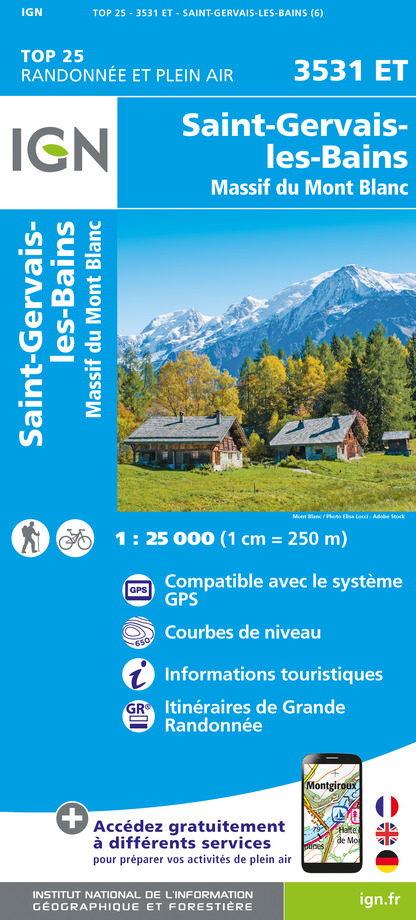

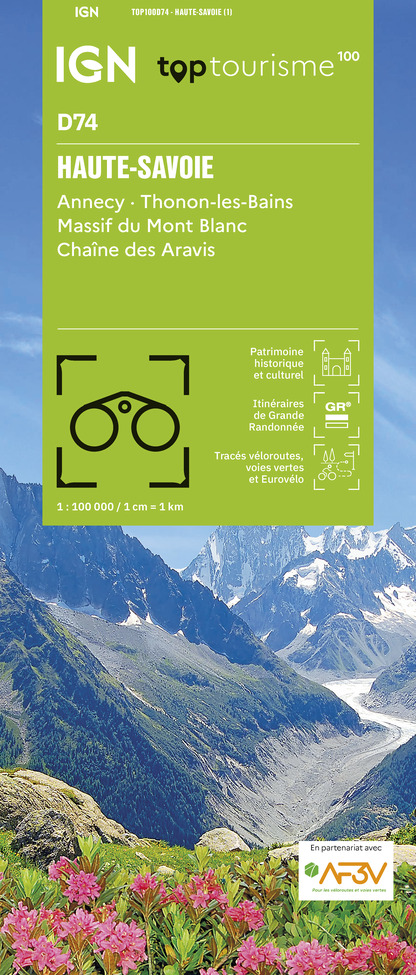
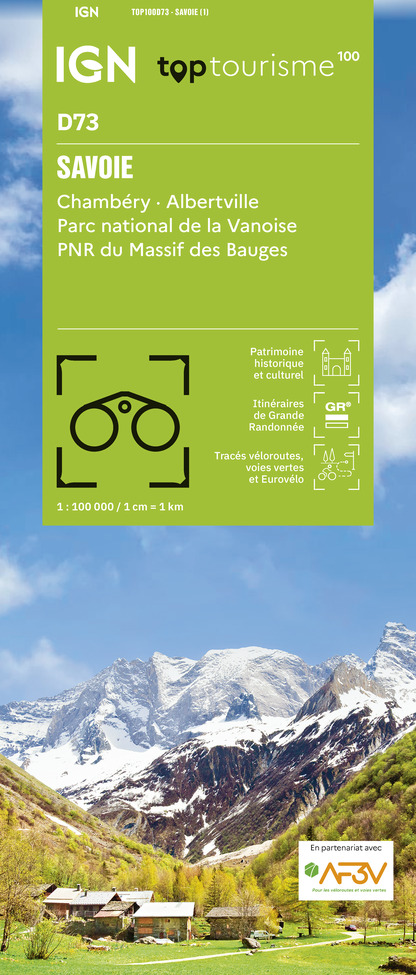




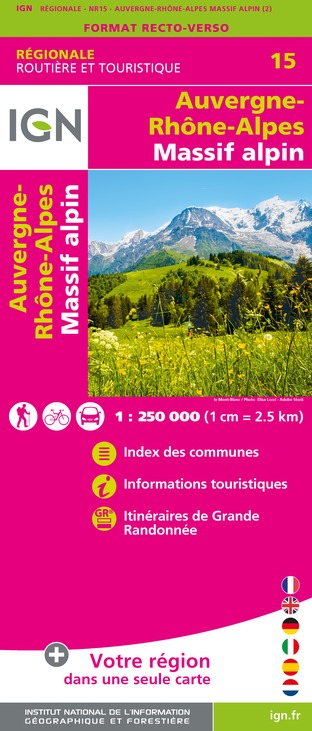
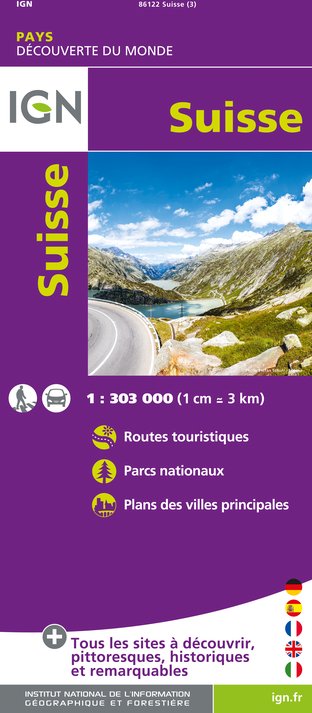

Data author
